Welcome to the Tatami Gi Size Guide, your ultimate resource for finding the perfect fit. Tatami Fightwear offers a wide range of sizes for men, women, and children, ensuring comfort and performance for all practitioners. Whether you’re a seasoned athlete or a beginner, this guide will help you navigate the complexities of BJJ sizing, including key measurements, weight classes, and specialized fits. Discover how to choose the right Gi for your training needs with our comprehensive overview of Tatami’s collections and expert sizing tips.
1.1 What is a Tatami Gi?
A Tatami Gi is a high-quality Brazilian Jiu-Jitsu uniform designed for optimal performance and comfort. Known for its lightweight, breathable materials and durable construction, Tatami Gis are popular among practitioners of all levels. They are crafted with reinforced stitching and a focus on mobility, making them ideal for both training and competition. Tatami Fightwear offers a wide range of styles, from ultra-lightweight options for hot weather to heavier-duty Gis for rigorous training sessions. The brand is renowned for its attention to detail and innovative designs, ensuring a perfect blend of functionality and aesthetics. Whether you’re a rookie or a seasoned competitor, a Tatami Gi is a reliable choice for your BJJ journey.
1.2 Importance of Proper Fit in BJJ
A proper fit in a BJJ Gi is crucial for both performance and comfort. A well-fitting Gi ensures optimal mobility, allowing practitioners to move freely during techniques and drills. It also prevents distractions caused by excess fabric or restrictive material. A Gi that is too tight can restrict movement and cause discomfort, while one that is too loose may bunch up during rolls, potentially leading to injuries. Proper fit also plays a role in safety, as a Gi that adheres to regulations ensures fair competition and prevents unnecessary adjustments during matches. Investing in the right size guarantees a better training experience and overall satisfaction.

Understanding Tatami Gi Size Charts
Tatami Gi size charts provide detailed measurements to help practitioners choose the perfect fit. They typically include height, weight, and chest size ranges, ensuring accuracy and comfort for training and competition.
2.1 How to Read Tatami Size Charts
Reading Tatami size charts involves matching your measurements to the corresponding Gi size. Charts typically include height, weight, and chest size ranges. Locate your height and weight in the table, then cross-reference with chest measurements for accuracy. Sleeves and pants lengths are also provided to ensure a proper fit. Pay attention to specific rows and columns, as they organize sizes logically. If you’re between sizes, consider your training needs—lighter Gis for competition or heavier for durability. Always check the official Tatami size guide for the most accurate information, as sizes may vary slightly between collections. Double-checking your measurements ensures the best fit.
2.2 Key Measurements for Accurate Sizing
Accurate sizing begins with precise body measurements. Focus on chest circumference, shoulder width, and natural waistline for the jacket. For pants, measure hip width and inseam length. Sleeve length should extend to the wrist when arms are relaxed. Compare these measurements to Tatami’s size chart, ensuring alignment with your weight class. Proper fit prevents discomfort and performance issues during training. Double-checking measurements ensures the Gi meets competition standards if required. Always measure after a workout for the most accurate fit, as muscle swelling can affect sizing. Consult Tatami’s official guide for consistent results across their collections.
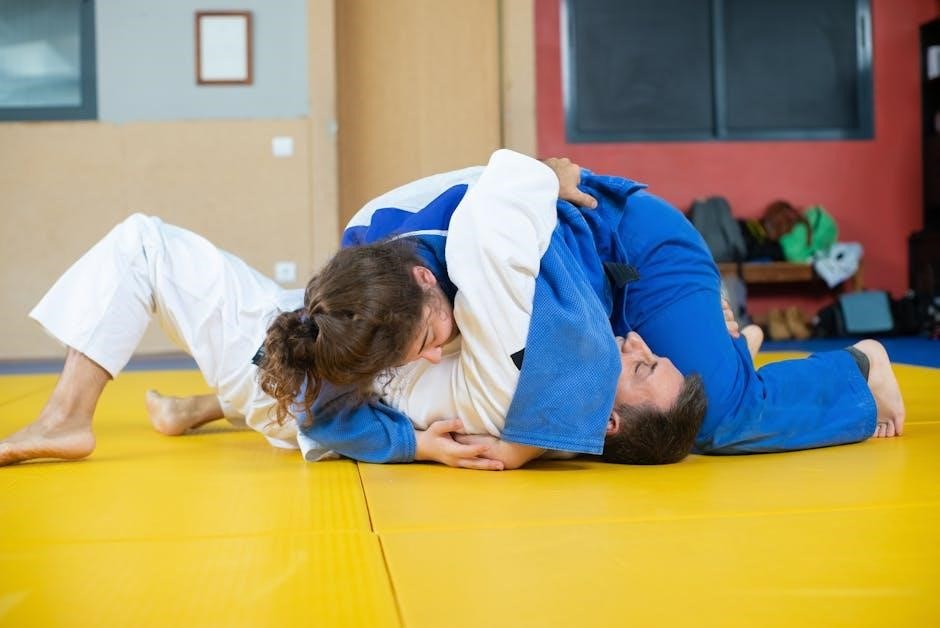
Tatami Gi Collections and Their Sizes
Tatami offers a wide range of Gi collections, including men’s, women’s, and kids’ lines, each designed to meet specific needs and body types. Sizes vary across collections, ensuring a perfect fit for every practitioner, from lightweight to competition-ready Gis.
3.1 Tatami Men’s Gi Size Guide
Tatami offers a comprehensive sizing chart for men, ranging from A1 to A5, catering to various body types and preferences. Each size is carefully calibrated to ensure optimal fit and comfort. For example, a 5’11” and 235 lbs practitioner typically fits well in an A3. The sizes account for chest, shoulder, and sleeve lengths, while pants are designed to balance comfort and mobility. When choosing your size, consider your weight class and training style. Lightweight Gis may fit slightly tighter, while heavier Gis offer more room. Always check the official Tatami size chart to match your measurements accurately for the best fit.
3.2 Tatami Women’s Gi Size Guide
Tatami offers a tailored size range for women, from W1 to W4, designed to fit various female body types comfortably. The sizing chart considers chest, shoulder, and sleeve measurements, ensuring a precise fit. For instance, a 5’3″ and 147 lbs practitioner often fits perfectly in a W2. Pants are crafted to be lightweight and flexible, allowing for full mobility. The women’s collection includes options for different training needs, whether for competition or everyday use. Always refer to Tatami’s official size guide to match your measurements accurately. This ensures the best fit for optimal performance and comfort during training.
3.3 Tatami Kids’ Gi Size Guide
Tatami offers a range of kids’ Gi sizes designed to fit growing bodies comfortably. Sizes are tailored for children, ensuring a perfect balance between fit and mobility. Lightweight pants and jackets provide ease of movement, essential for young practitioners. Parents should measure their child’s chest, shoulders, and height to match Tatami’s size chart accurately. The collection is designed to accommodate different ages and skill levels, from beginners to junior competitors. Always check the official size guide for precise measurements to ensure the best fit and comfort for your child during training.

Body Measurements for Tatami Gi
Accurate body measurements, including chest, shoulders, waist, and hips, are crucial for ensuring a proper fit. Measure carefully to match Tatami’s size chart for optimal comfort.
4.1 Chest and Shoulder Measurements
Chest and shoulder measurements are vital for determining the perfect Gi fit. Measure around the widest part of your chest, keeping the tape level and snug but not tight; Shoulders should be measured across the broadest point, ensuring the tape is parallel to the floor. Proper sizing ensures comfort and mobility during rolls and submissions. Incorrect measurements can lead to restrictive or loose fits, impacting performance. Use a flexible tape measure and consider posture and muscle structure when measuring. These dimensions help align your body with Tatami’s size chart, ensuring the Gi jacket and sleeves fit optimally for training or competition.
4.2 Waist and Hip Measurements
Waist and hip measurements are crucial for ensuring a comfortable and secure fit in your Tatami Gi pants. Measure your natural waistline, keeping the tape snug but not tight, and your hips at the widest point, typically 7-9 inches below your waist. Proper sizing prevents pants from being too tight or loose, which can restrict movement or lead to adjustments during training. Accurate measurements ensure the Gi pants stay in place while allowing full mobility for techniques like guard work or transitions. Use these measurements alongside your weight class to align with Tatami’s size chart, guaranteeing a balance of comfort and performance.
4.3 Sleeve and Pant Length Measurements
Measuring sleeve and pant lengths accurately ensures a proper fit for your Tatami Gi. For sleeves, measure from the center back of your neck, over your shoulder, and down to your wrist. This ensures the sleeve isn’t too short or long, maintaining comfort and mobility. For pants, measure from your natural waistline down to your ankle bone to ensure proper length and fit.Consult Tatami’s size chart to align these measurements with their sizing options. Accurate measurements prevent issues like sleeves riding up or pants being too loose or tight, ensuring optimal performance and comfort during training. Proper fit is crucial for both functionality and adherence to competition standards. Use a flexible tape measure and consider material shrinkage when selecting your size for the best fit.

Weight Classes and Gi Sizes
Weight classes influence Gi size selection, as heavier practitioners may require larger sizes for comfort and mobility. Tatami Gis are designed to accommodate various weight ranges while adhering to competition standards, ensuring proper fit and performance for athletes across different categories. Understanding your weight class helps in choosing the ideal Gi size for optimal training and competition efficiency. Always refer to Tatami’s size chart to align your weight with the appropriate Gi measurements for a precise fit. This ensures both comfort and compliance with regulatory guidelines.
5.1 How Weight Affects Gi Size
Weight plays a significant role in determining the appropriate Gi size, as it impacts both fit and performance. Heavier practitioners may require larger sizes to accommodate their body structure, ensuring comfort and mobility. Conversely, lighter individuals may find smaller sizes more suitable. Weight distribution, particularly muscle mass versus body fat, also influences how a Gi fits. For example, a muscular athlete might fit differently in the same size compared to someone with a higher body fat percentage. Competition regulations further emphasize the importance of aligning weight with Gi size to meet standards. Always consult Tatami’s size chart to ensure your weight and measurements align for an optimal fit. This ensures both comfort and compliance with competition guidelines, making it easier to focus on your training and performance.
5.2 IBJJF Weight Classes and Gi Sizing
The IBJJF (International Brazilian Jiu-Jitsu Federation) weight classes play a crucial role in determining the appropriate Gi size for competitors. Each weight class has specific requirements to ensure fairness and safety. For instance, the Gi must fit properly to avoid disqualification, with sleeves and pants adhering to length regulations. Tatami Fightwear designs Gis to align with these standards, offering sizes that cater to all IBJJF weight categories, from Rooster to Ultra-Heavyweight. By matching your weight class to Tatami’s size chart, you can ensure compliance with IBJJF rules while maintaining optimal comfort and performance. Always check the official IBJJF guidelines and Tatami’s size guide for accurate sizing. This ensures your Gi meets competition standards and provides the best fit for your training or competition needs.
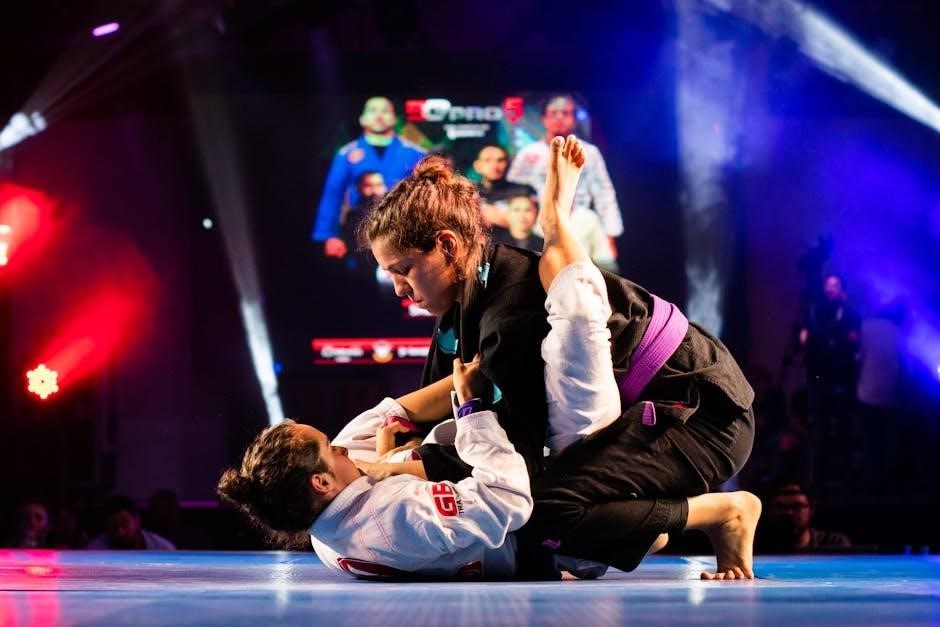
Specialized Tatami Gi Sizes
Tatami offers specialized Gi sizes, including competition and lightweight options, designed for specific training needs and body types, ensuring a perfect fit for every practitioner;
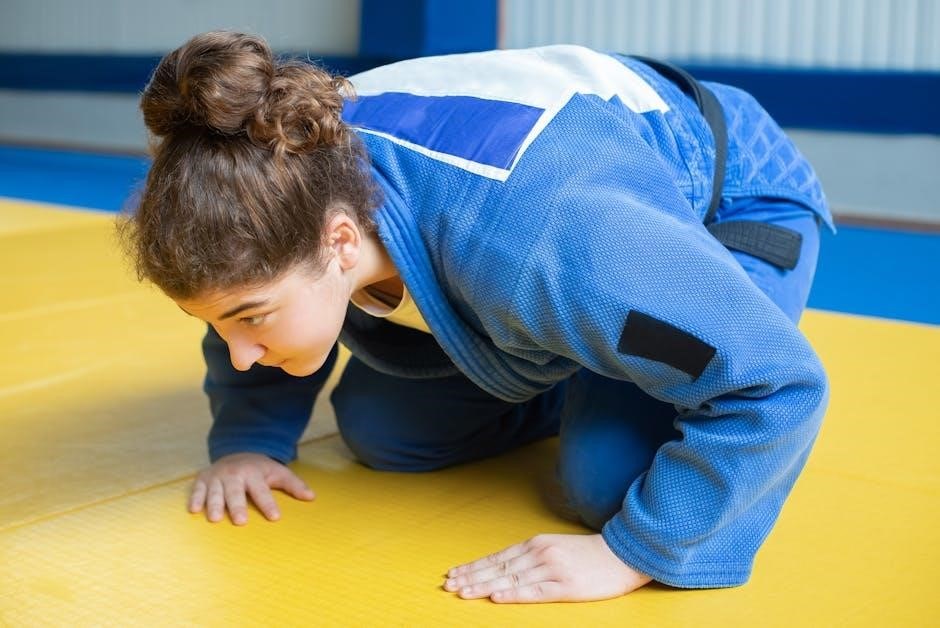
6.1 Competition Gi Sizes
Competition Gi sizes are tailored for athletes needing lightweight, durable designs. Tatami’s competition Gis feature reinforced stitching and breathable fabrics, adhering to IBJJF regulations. Designed for optimal performance, these Gis minimize weight while maintaining strength. Available in various sizes, they cater to different body types and weight classes. Key features include slim-fit designs and pre-shrunk materials for consistent fit. Ensure to check Tatami’s size chart for precise measurements. These Gis are ideal for serious competitors seeking a balance between comfort and regulation compliance. By choosing the right size, athletes can focus on their performance without restrictions.
6.2 Lightweight Gi Sizes
Tatami’s Lightweight Gi sizes are designed for optimal comfort and mobility, catering to practitioners who prefer a less bulky uniform. These Gis are crafted with ultra-breathable fabrics and minimal stitching, reducing weight without compromising durability. Ideal for training in warmer environments or for athletes seeking a lighter feel, Lightweight Gis maintain Tatami’s signature quality. Sizing options ensure a tailored fit, with measurements carefully calibrated for both comfort and performance. When selecting your size, consider your body measurements and training preferences to find the perfect balance. Tatami’s Lightweight collection offers a blend of style, functionality, and fit, making it a popular choice for everyday training sessions.

Common Sizing Mistakes to Avoid
Common sizing mistakes include not checking Tatami’s size chart, ignoring weight classes, and guessing sizes without proper body measurements; always consult the guide to ensure a proper fit.
7.1 Overestimating or Underestimating Your Size
One of the most common mistakes is misjudging your size, either by overestimating or underestimating your measurements. Many practitioners guess their size without consulting the chart, leading to poor fit. Overestimating can result in a loose, uncomfortable Gi, while underestimating may cause tightness and restricted movement. Proper sizing ensures optimal performance and comfort. Always measure carefully and refer to Tatami’s size guide to avoid these issues. Ignoring weight classes or body measurements can exacerbate sizing errors, so double-check your stats before ordering. Remember, accurate sizing is key to enjoying your training and competitions without discomfort or distractions.
7.2 Ignoring the Importance of Weight Class
Overlooking weight class when choosing a Tatami Gi can lead to poor fit and performance issues. Weight classes help determine the appropriate Gi size, ensuring it meets competition standards and personal comfort. Ignoring this factor can result in a Gi that’s too heavy or light, affecting mobility and compliance with regulations. For example, lighter practitioners may prefer lightweight Gis, while heavier athletes might opt for sturdier options. Always consider your weight class alongside measurements to ensure the best fit. Tatami offers Gis across various weight categories, so aligning your choice with your weight ensures optimal performance and adherence to IBJJF guidelines.
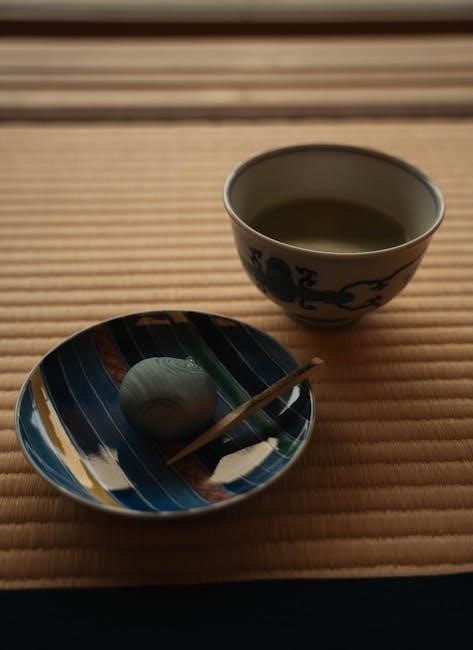
Troubleshooting Fit Issues
Troubleshooting fit issues involves addressing common problems like tight pants, loose jackets, or uneven sleeves. Check size charts, seek advice from experts, and consider weight class adjustments for optimal comfort and performance.
8.1 Pants Too Tight or Too Loose
If your Tatami Gi pants feel too tight, it may be due to incorrect sizing or weight fluctuations. Ensure you consult the size chart and consider your weight class. Looser pants can hinder movement and cause discomfort during rolls. To resolve this, double-check your measurements and compare them to Tatami’s guidelines. If the issue persists, consider reaching out to customer support for assistance or exchanging sizes. Proper fit is crucial for performance and comfort, so don’t hesitate to seek help if your Gi doesn’t feel right.
8.2 Jacket Fit Problems
A poorly fitting jacket can disrupt your training. If the jacket is too tight, restricts movement, or feels constricting, it may be the wrong size. Conversely, a jacket that’s too loose can cause excess fabric to bunch up during rolls. To address this, check your chest and shoulder measurements against Tatami’s size chart. Ensure you’ve selected the correct weight class, as heavier or lighter Gis can affect fit. If issues persist, consider reaching out to Tatami’s customer support for guidance or potential exchanges. A well-fitting jacket is essential for both comfort and performance in BJJ training.
Mastering the perfect fit is key to enhancing your BJJ journey. This guide provides comprehensive insights to help you choose the ideal Tatami Gi for optimal performance and comfort.
9.1 Final Tips for Choosing the Right Tatami Gi Size
Always start by consulting Tatami’s official size charts and measuring yourself accurately. Consider your weight class and how it aligns with IBJJF standards for competition. Ensure the Gi fits comfortably, allowing for movement without restriction. Pay attention to sleeve and pant lengths, as proper fit enhances performance. If unsure, opt for a size that balances snugness and flexibility. Remember, brands like Tatami offer unique fits, so comparing sizes across collections can help. Lastly, read reviews from other users to gain insights into how specific Gis fit different body types. This holistic approach ensures you find the perfect Tatami Gi for your training needs.
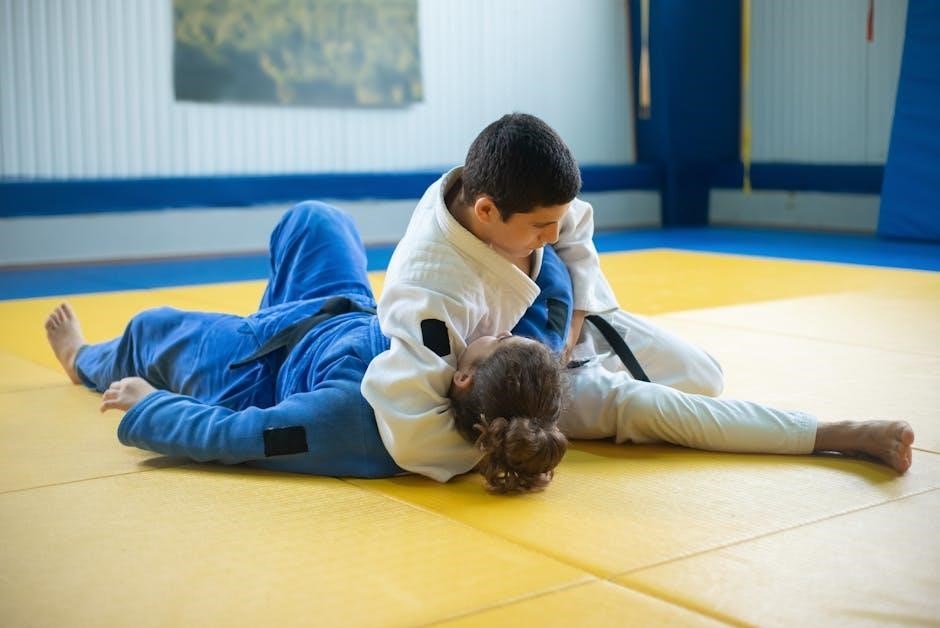
Additional Resources
Explore Tatami Fightwear’s official size guides, BJJ community forums, and instructional tutorials for further sizing insights and expert advice on choosing the perfect Gi.
10.1 Tatami Fightwear Official Size Guides
Tatami Fightwear provides detailed official size guides for men, women, and children, ensuring accurate fit for all practitioners. Their guides include specific measurements for chest, waist, sleeve length, and pant length, tailored to different collections like Men’s Gi, Women’s Gi, and Kids’ Gi. Each size chart is designed to help users select the perfect fit based on their body measurements and weight class. By referring to these guides, you can avoid common sizing mistakes and ensure your Gi meets both comfort and competition standards. Visit Tatami’s official website for comprehensive sizing resources and expert advice.
10.2 BJJ Community Forums for Sizing Advice
BJJ community forums are invaluable resources for sizing advice, offering real-world insights from practitioners. These platforms allow users to share experiences, compare fits, and discuss sizing challenges. Many forums feature threads dedicated to Tatami Gi sizing, where members provide feedback on how specific sizes fit different body types. Whether you’re unsure about your measurements or need help troubleshooting fit issues, these communities offer practical advice. Additionally, forums often include discussions on weight classes, competition requirements, and tips for choosing the right Gi. Engaging with these forums can provide personalized guidance and help you make informed decisions when selecting your Tatami Gi.
